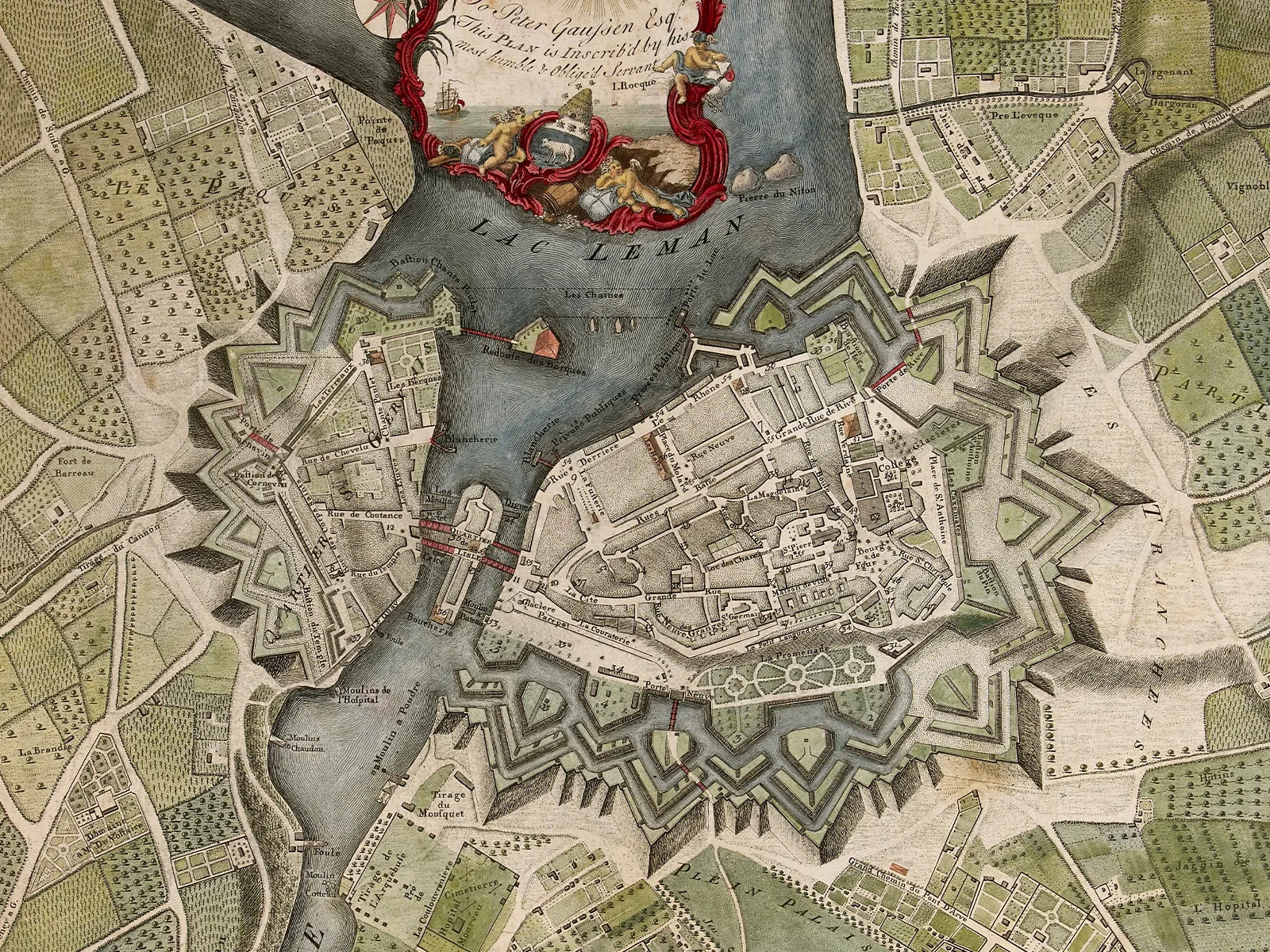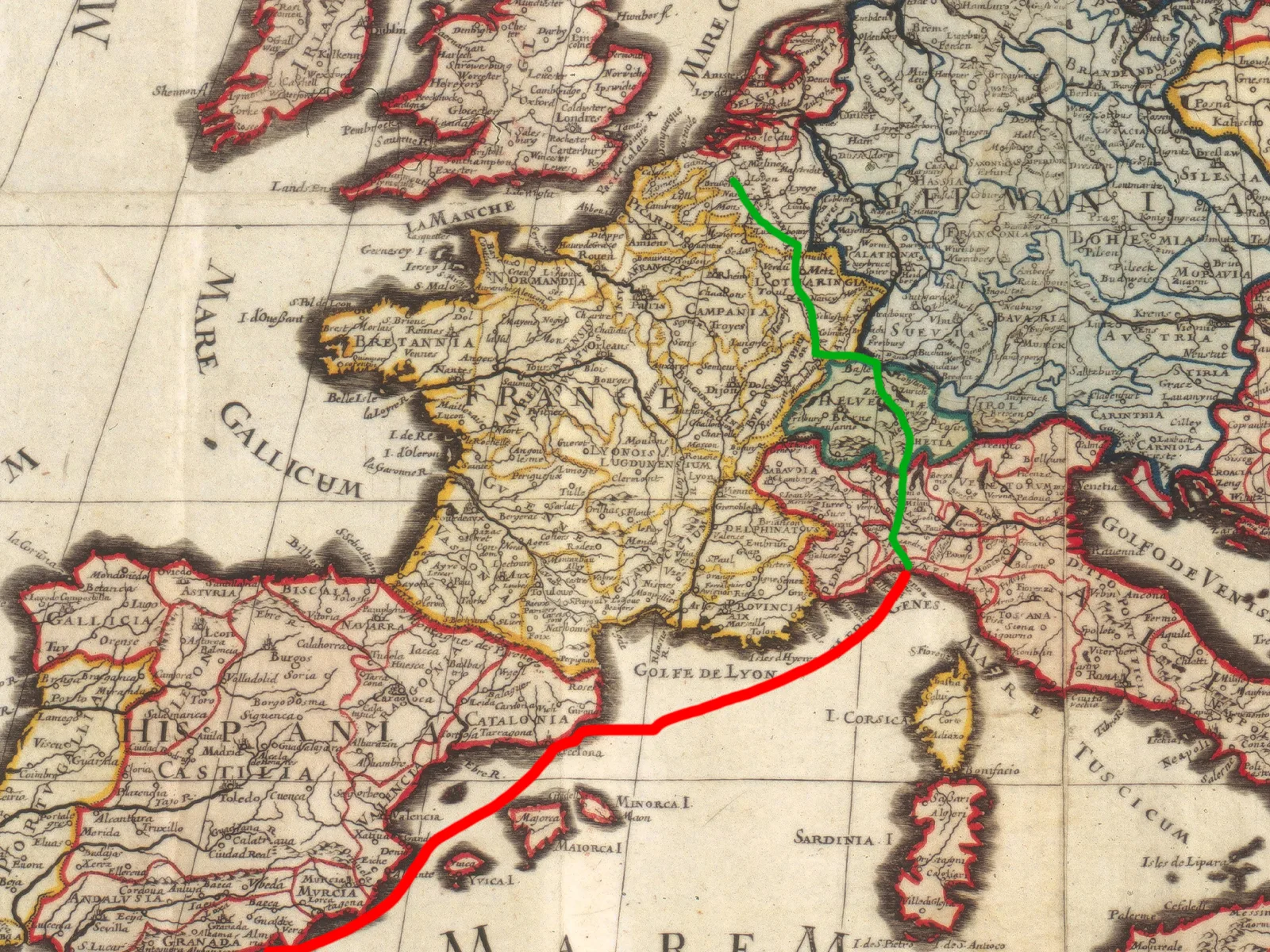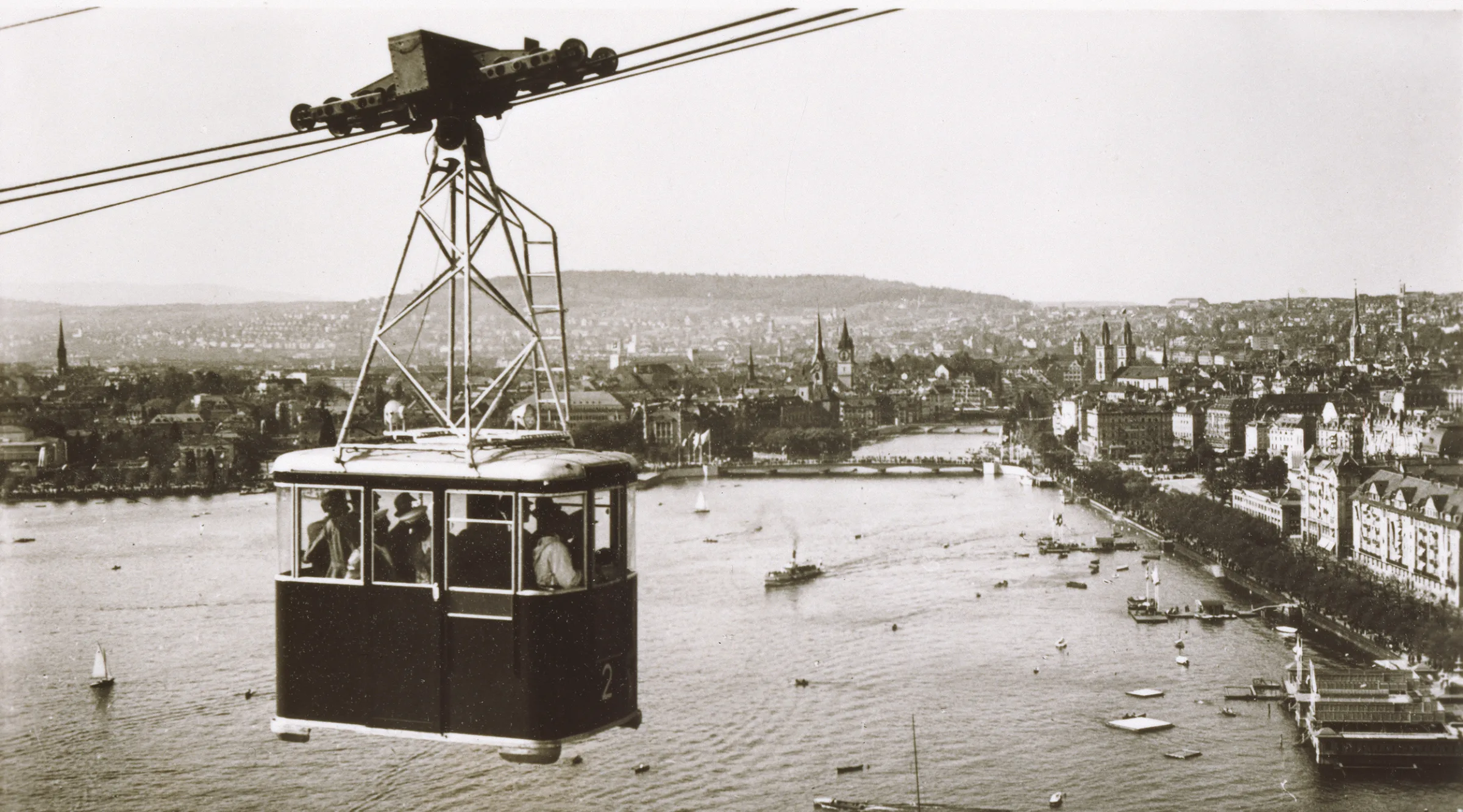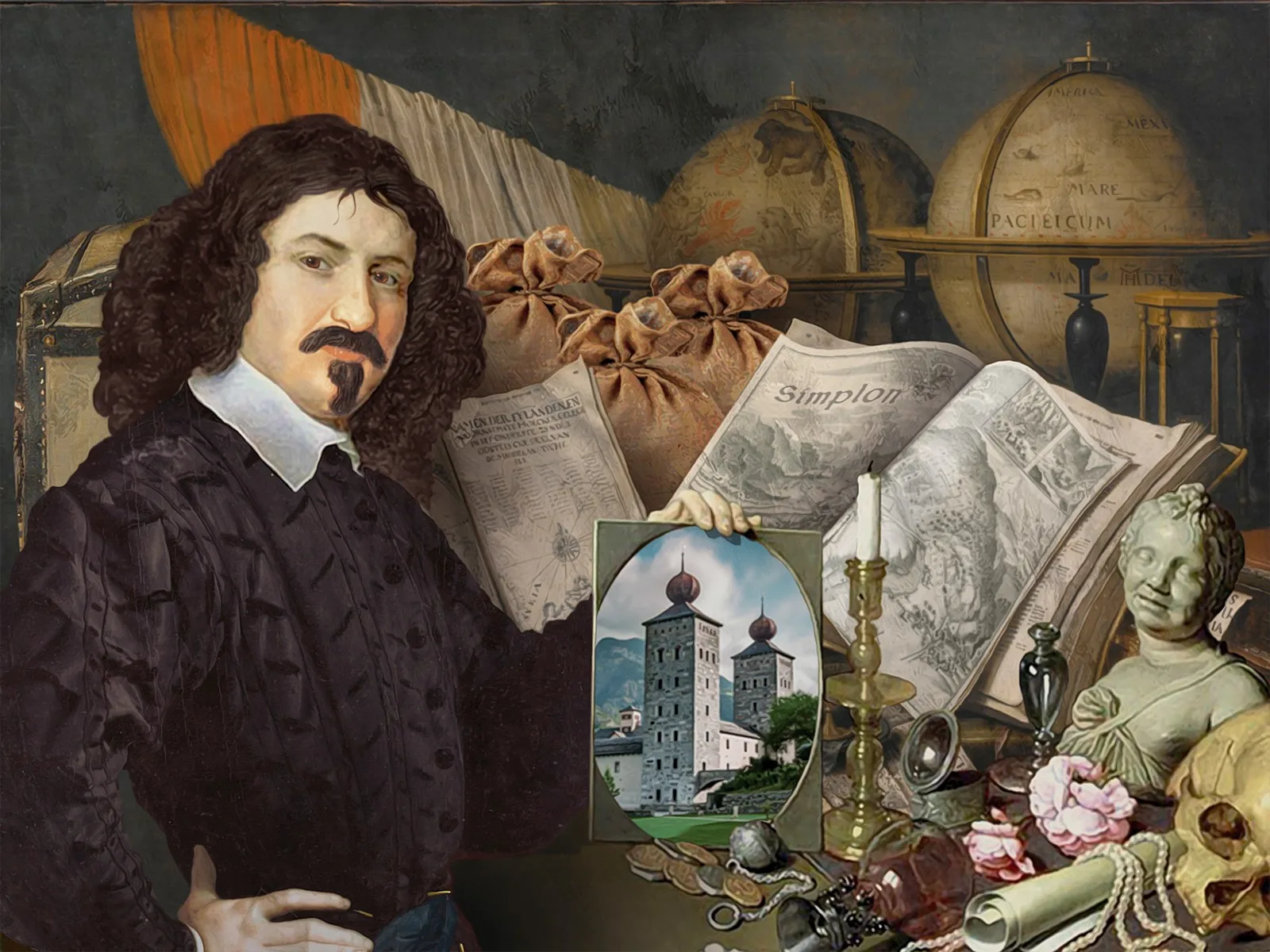
The geopolitician from Brig
In the middle of the Thirty Years’ War, Kaspar Stockalper made the Simplon pass into a major European transport artery. A man of immeasurable wealth, he was Switzerland’s first serial entrepreneur. Stockalper mixed with emperors, kings and popes. He was also involved in European politics – until it all fell apart.

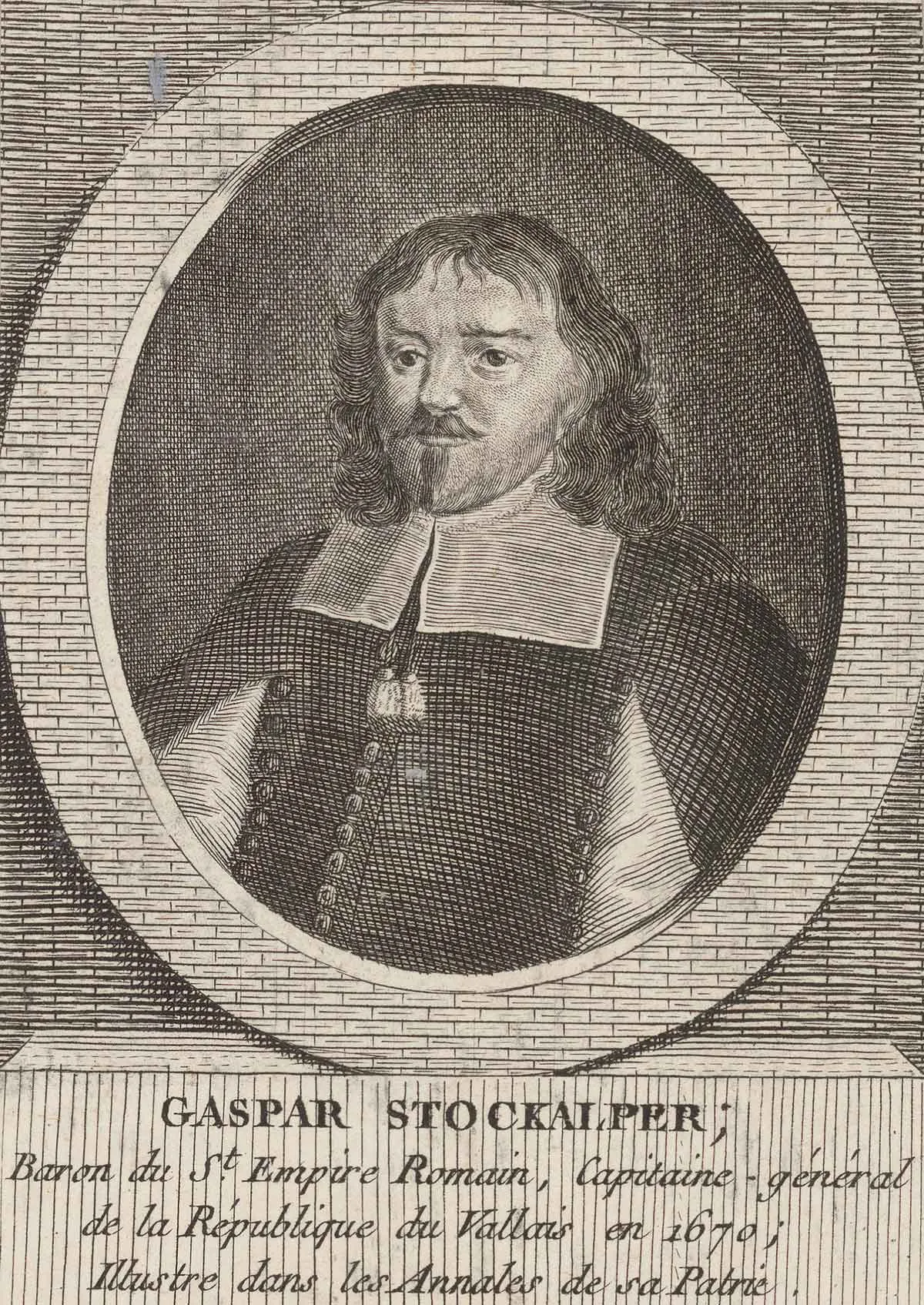
Exploiting the geostrategic situation
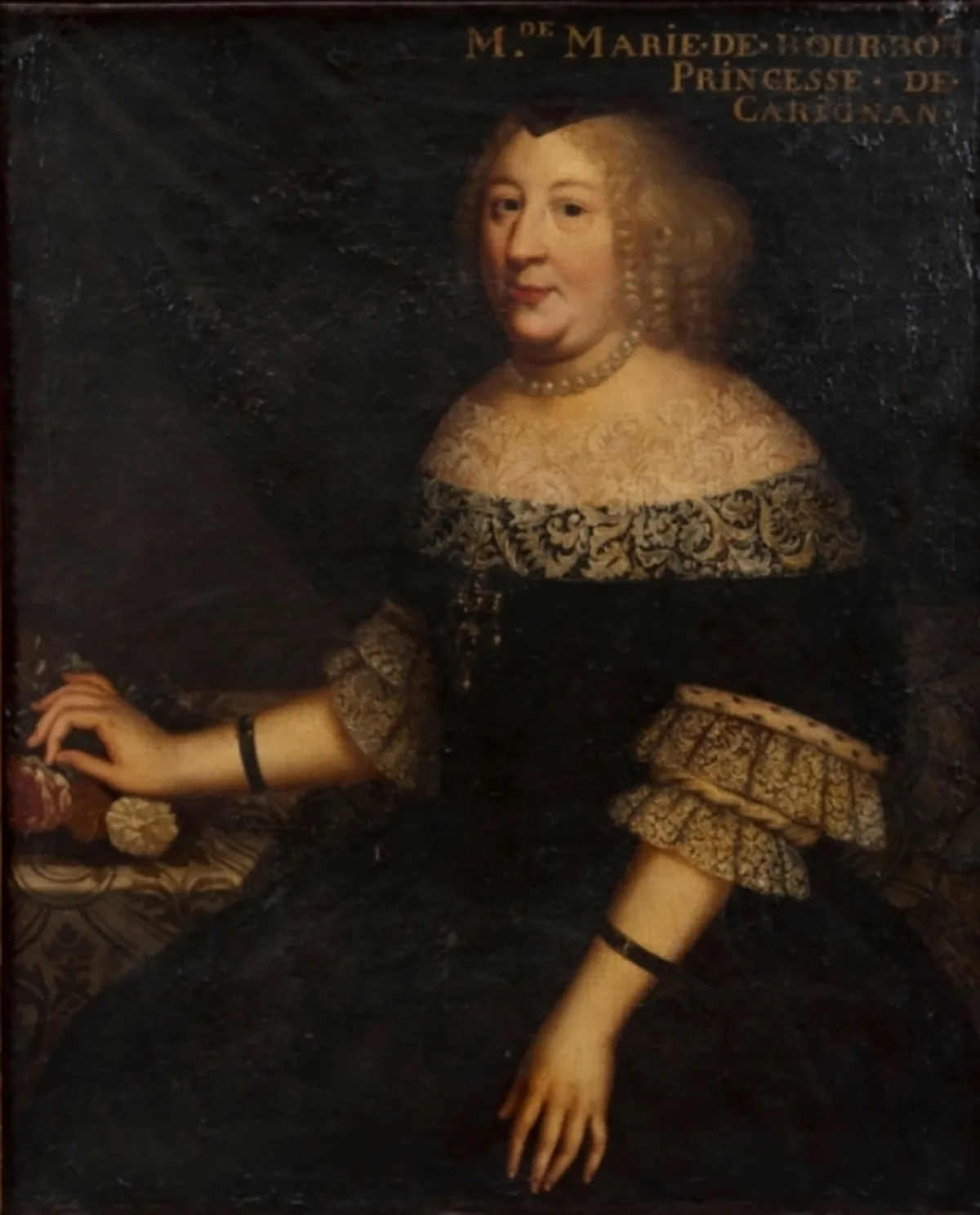
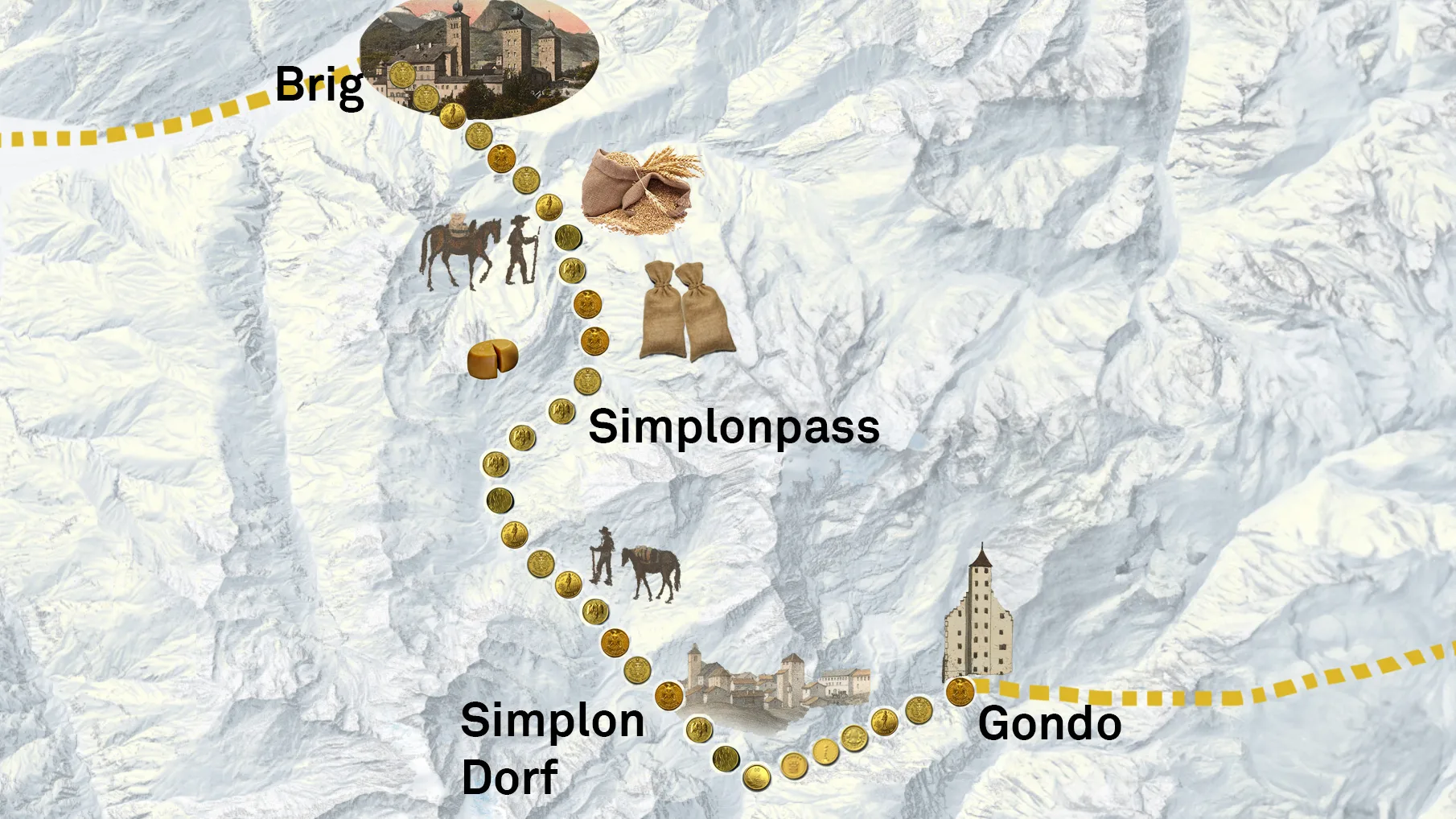
Combining business with politics
The King of Brig
In a three-part series, historian and author Helmut Stalder charts the rise and fall of Kaspar Stockalper, the “King of Brig”:
Part 1: The geopolitician from Brig
Part 2: Neutrality as a business model
Part 3: Making money till the end

